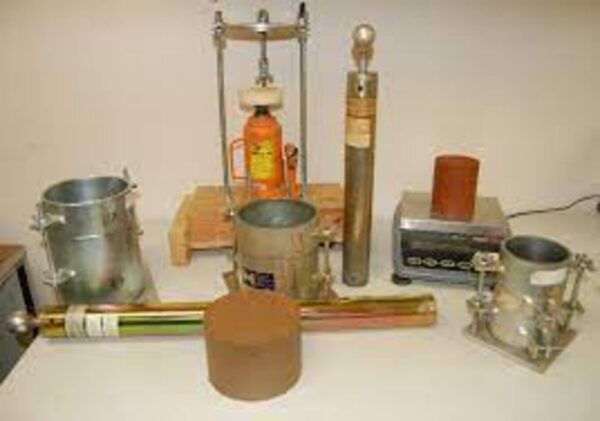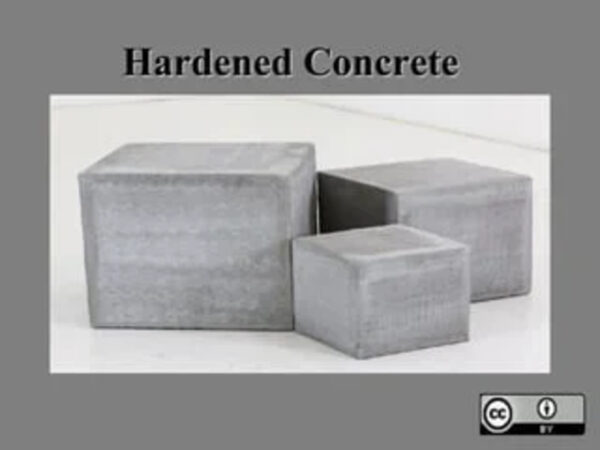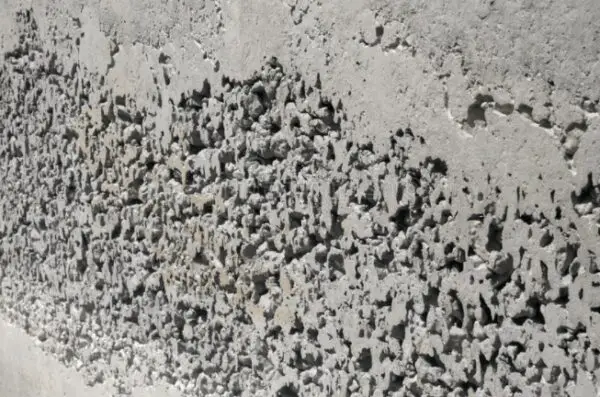How to do Compaction Proctor Test in Laboratory – 7 Steps
The Proctor test, also known as Proctor compaction test, is a long-established method for determining the optimum moisture content and maximum dry density of soils. This vital information allows assessment of a soil’s suitability for construction projects and helps establish the specifications needed to achieve the required strength and stability through engineered fill placement and…






